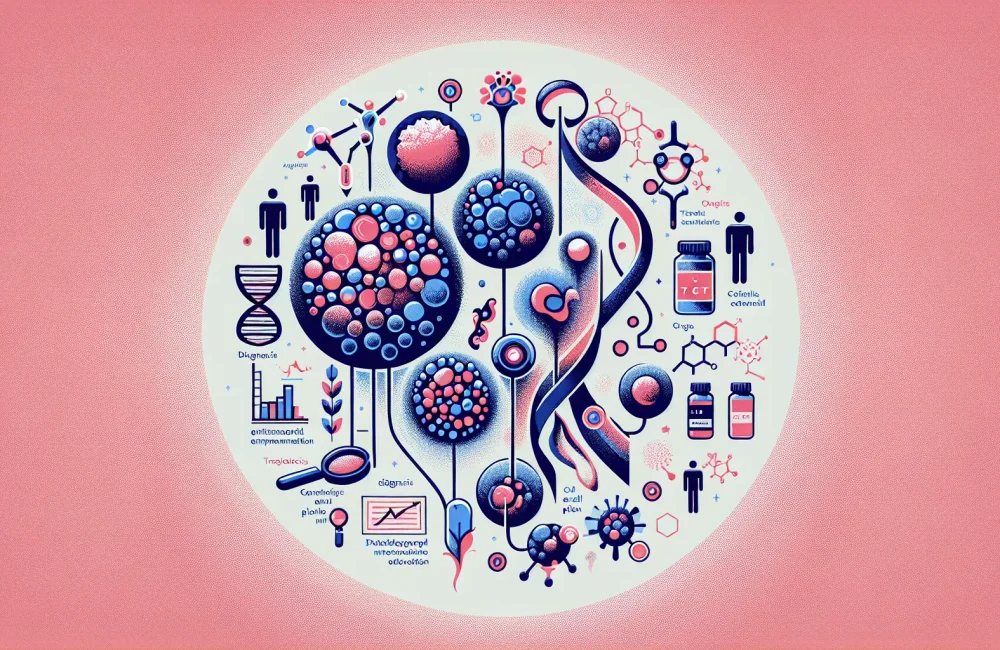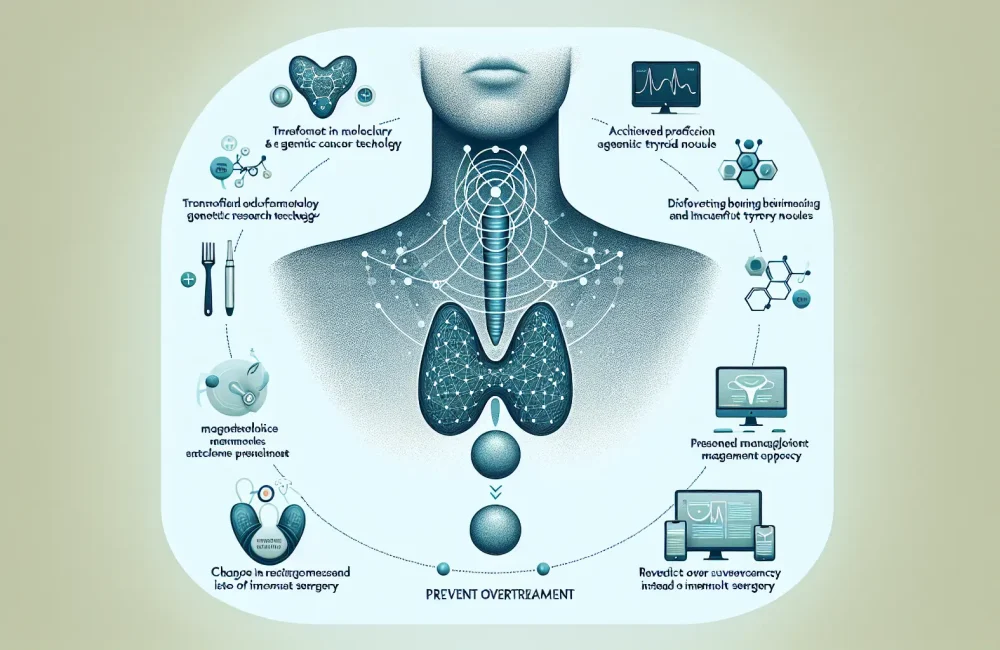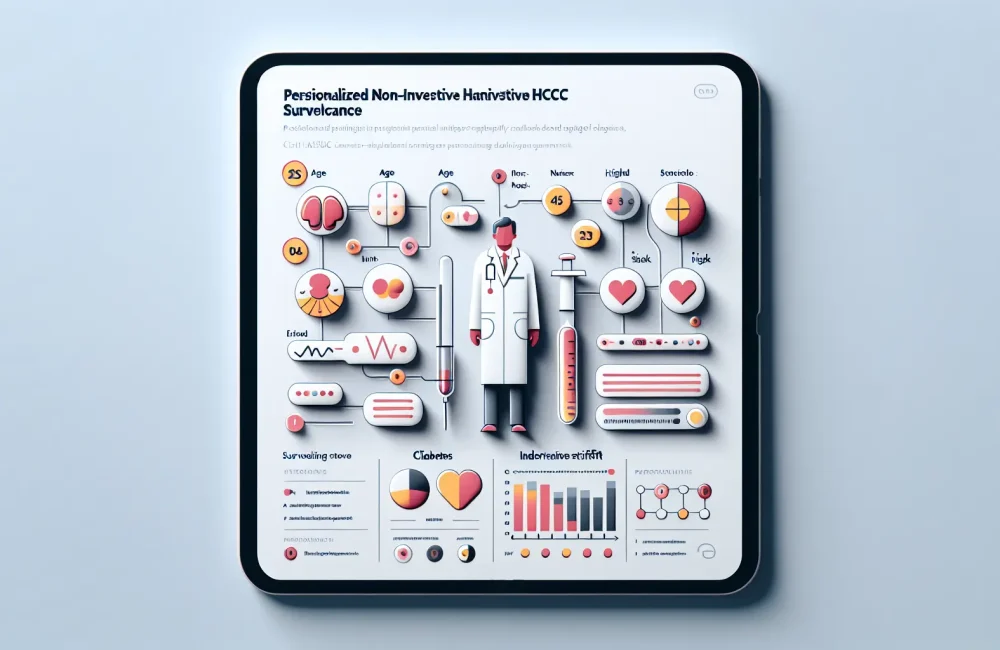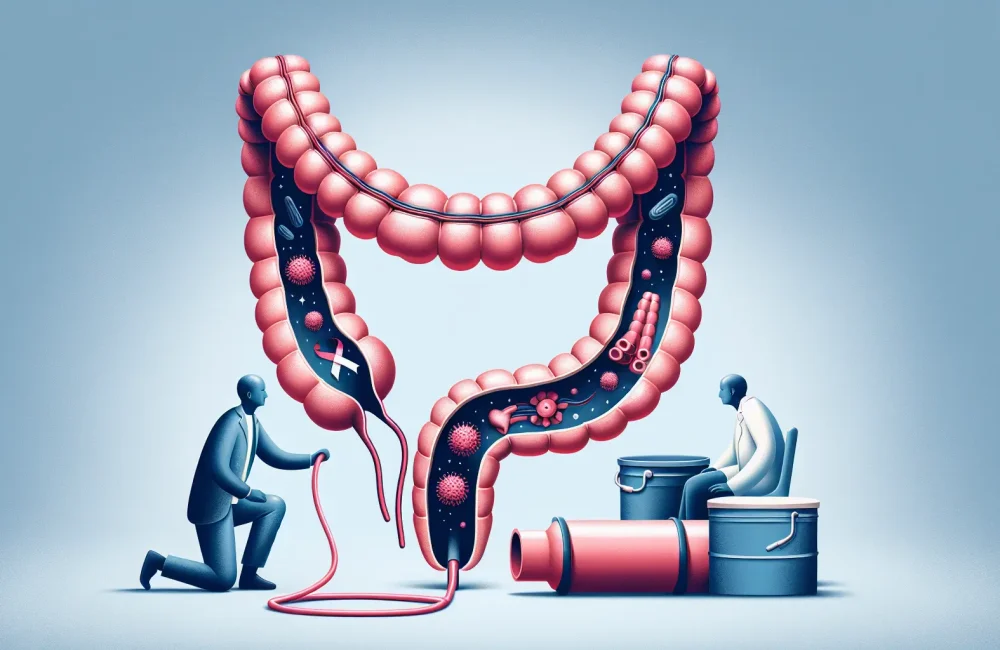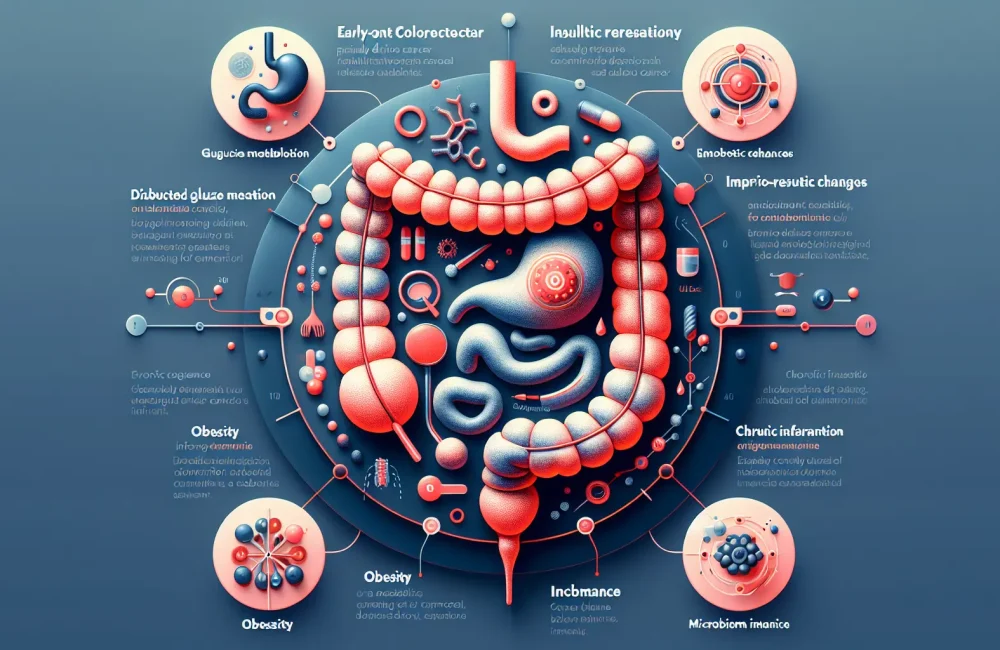By CAFMI AI From JAMA
Epidemiology and Pathogenesis of Testicular Germ Cell Tumors
Testicular Germ Cell Tumors (TGCT) are recognized as the most common solid malignancy affecting young adult males, particularly those in the USA. Understanding the epidemiology is crucial for clinicians as it highlights the age group at highest risk, the typical demographic affected, and underscores the importance of vigilance in early detection. The incidence of TGCT has shown a steady increase in developed countries, leading to more frequent encounters in primary and specialty care. TGCT pathogenesis involves complex genetic and environmental interactions, with particular attention to germ cell development abnormalities that underpin tumor formation. The main histological subtypes, seminoma and nonseminoma, differ significantly not only in cellular appearance but also in growth behavior and response to treatment. Seminomas generally present as a uniformly sensitive tumor to radiation and chemotherapy, while nonseminomas demonstrate a more heterogeneous nature with diverse components like embryonal carcinoma, yolk sac tumor, choriocarcinoma, and teratoma. Identification of these subtypes drives treatment decisions and prognosis evaluation. Clinicians must appreciate this diversity as it informs the diagnostic approach and tailoring of treatment plans specific to tumor biology.
Diagnosis, Staging, and Clinical Presentation
Early and accurate diagnosis is fundamental to effective management of TGCT. Clinicians should prioritize a thorough physical examination focusing on scrotal changes, often presenting as painless testicular enlargement or a palpable mass. The role of serum tumor markers—alpha-fetoprotein (AFP), beta-human chorionic gonadotropin (beta-hCG), and lactate dehydrogenase (LDH)—cannot be overstated; these markers assist not only in diagnosis but also in staging and monitoring treatment response. Scrotal ultrasound remains the gold standard imaging modality, providing high sensitivity in detecting intratesticular masses and helping distinguish benign from malignant lesions. Staging utilizes the TNM system combined with serum marker levels to classify disease extent, including the presence of metastases primarily in retroperitoneal lymph nodes or distant sites. This accurate staging is pivotal for prognostication and guiding therapeutic strategies. In primary-care settings, recognizing red flags such as rapid testicular enlargement or symptoms suggesting metastatic spread (e.g., back pain, dyspnea) is essential to expedite referral to oncology specialists. Differential diagnosis can include epididymitis, hydrocele, or other benign scrotal conditions, but any suspicious mass warrants urgent scrotal ultrasound and tumor marker evaluation.
Treatment Approaches and Prognosis
Management of TGCT depends heavily on the tumor subtype, stage, and patient factors. Orchiectomy is the initial treatment for virtually all cases to achieve diagnosis and local control. Seminomas often respond well to radiation and platinum-based chemotherapy, with excellent cure rates even in metastatic disease. Nonseminomatous tumors usually require more aggressive chemotherapy regimens, and sometimes surgical resection of residual disease post-chemotherapy is necessary. Surveillance strategies are critical in early-stage disease to detect relapse promptly. Prognosis for TGCT is generally favorable, with high survival rates due to advances in multimodal therapy. However, late effects of treatment such as infertility and secondary malignancies require ongoing patient counseling and follow-up. Multidisciplinary care involving urology, oncology, radiology, and supportive services optimizes outcomes and enhances quality of life.
Read The Original Publication Here
